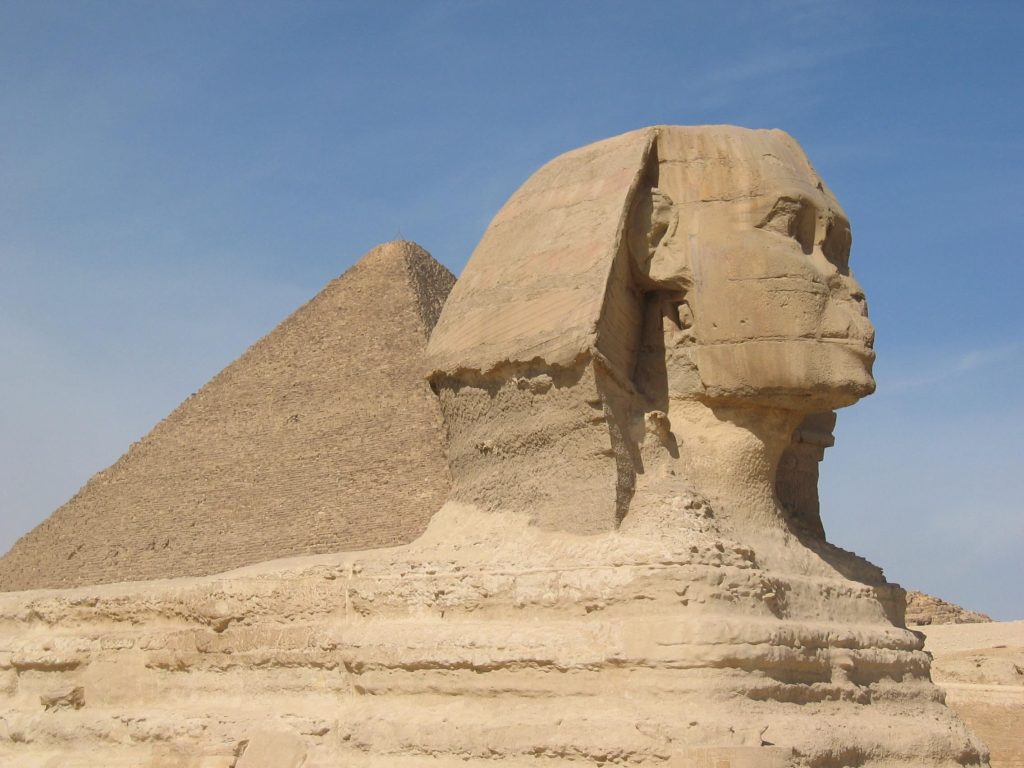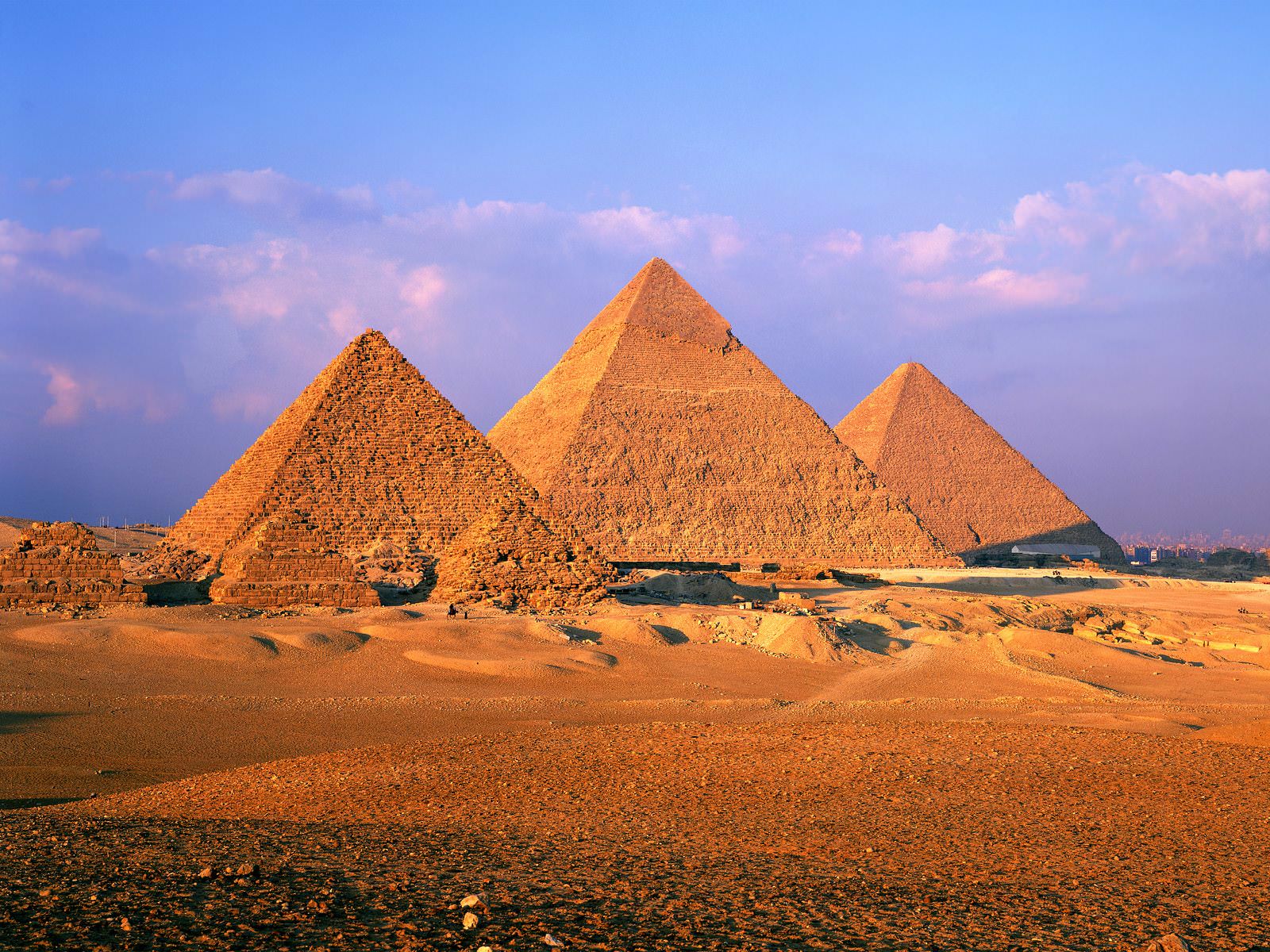Monumental Enigmas
The Pyramids of Giza, standing as silent sentinels on the sands of Egypt, are among humanity’s most enduring and enigmatic structures. These colossal tombs, built as testaments to the power and divinity of the pharaohs, have captivated the world’s imagination for millennia. Their sheer scale, architectural precision, and the enduring mysteries surrounding their construction continue to baffle and inspire.


A Tapestry of Time and Belief
To comprehend the Pyramids of Giza, one must delve into the rich tapestry of ancient Egyptian civilization. The Old Kingdom period, during which the pyramids were erected, was a time of relative political stability and economic prosperity. It was a period when the pharaohs were seen as living gods, and their tombs were constructed as eternal abodes to facilitate their journey into the afterlife.
The belief in the afterlife was central to Egyptian culture. The pyramids were not merely burial places but elaborate complexes designed to protect the pharaoh’s body and provide him with everything he might need in the next world. This included food, drink, clothing, furniture, and even servants. The pyramids were also believed to be celestial gateways, connecting the earthly realm with the heavens.
Architectural Marvels or Extraterrestrial Intervention?
The Great Pyramid of Giza, attributed to Pharaoh Khufu, is the largest of the three and the only surviving wonder of the ancient world. Its sheer scale is staggering. Originally standing at a height of 146.6 meters (481 feet), it’s composed of an estimated 2.3 million stone blocks, each weighing an average of 2.5 tons. How these colossal blocks were quarried, transported, and lifted into place remains one of history’s greatest engineering puzzles.
The prevailing theory suggests that the ancient Egyptians employed a combination of human labor, ramps, and levers to construct the pyramids. However, this explanation raises more questions than it answers. The precision with which the stones were cut and fitted together is astonishing. Some blocks even bear intricate hieroglyphs and carvings, indicating a level of craftsmanship that seems almost beyond human capabilities.
This has led to a plethora of alternative theories. Some proponents of ancient astronaut theories suggest that extraterrestrial beings assisted in the construction of the pyramids, providing advanced technology and knowledge. While these theories remain speculative, they highlight the enduring mystery surrounding these monumental structures.
The Inner Sanctum: Secrets of the Afterlife
The interior of the pyramids is a labyrinth of chambers, corridors, and shafts. The King’s Chamber, the burial place of the pharaoh, is a relatively small room but is positioned with astronomical precision. The Queen’s Chamber and various antechambers serve as additional burial places or ceremonial spaces.
The walls of these chambers are often adorned with intricate hieroglyphs and reliefs, offering glimpses into the religious beliefs and funerary rituals of the ancient Egyptians. These inscriptions provide invaluable information about the pharaoh’s life, his achievements, and the complex mythology surrounding the afterlife.

The Sphinx: Guardian of Eternity
The Great Sphinx of Giza, a colossal statue with the body of a lion and the head of a human, is believed to represent Pharaoh Khafre. Its enigmatic smile and weathered face have captivated imaginations for centuries. The Sphinx, like the pyramids, has suffered erosion and damage over time, but it remains a powerful symbol of ancient Egypt.
The purpose of the Sphinx is a subject of much debate. Some believe it was a guardian of the pyramids, while others suggest it had religious or astronomical significance. Its location on the Giza plateau, overlooking the Nile Valley, indicates its importance as a prominent landmark.
Enduring Mysteries
Despite centuries of study and exploration, the Pyramids of Giza continue to hold countless secrets. How were the precise astronomical alignments achieved? What is the true meaning of the hieroglyphs and symbols found within the pyramids? Did the ancient Egyptians possess knowledge and technology beyond our current understanding? These questions, among many others, fuel the enduring fascination with these monumental structures.
The Pyramids of Giza are more than just ancient tombs; they are symbols of human ingenuity, perseverance, and our eternal quest for knowledge. As we gaze upon these colossal structures, we are reminded of the vastness of human history and the mysteries that still await discovery.





